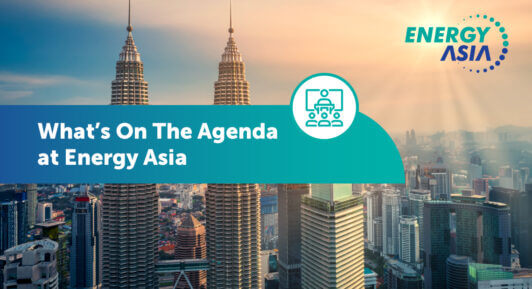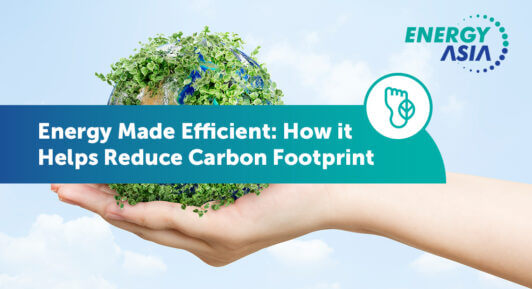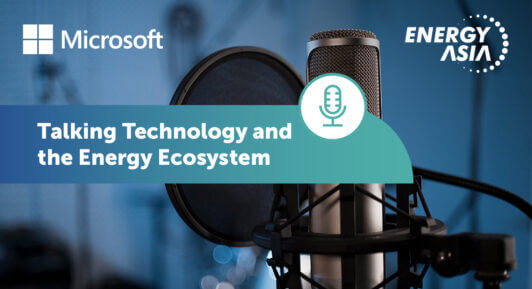How Hydrogen Energy Could Unlock Value in Asia
Hydrogen has the potential to play an important role in the transition towards a more sustainable energy mix. It not only offers a low-carbon alternative to fossil fuels in power generation, but hydrogen technologies also promise the potential to unlock compact, high-energy hydrogen fuel cells that can revolutionise the mobility sector.
There has been significant progress in the development of hydrogen technologies in recent years, with a growing number of governments and energy industry players diving deeper into this opportunity. The International Energy Agency (IEA) projects global hydrogen demand will double over the next decade under a net-zero scenario, from 94 million tons (Mt) in 2021 to ~180Mt by 2030.
Hydrogen offers a remarkable opportunity to transform the energy landscape, with a key benefit that the ecosystem can leverage existing oil and gas infrastructure, hydrogen storage potential, and deep industry understanding to unlock a new, cleaner energy opportunity.
“If we think about hydrogen today, about 2% of energy demand is from hydrogen. What we’re looking at… what could it possibly be in the future. And if we look in a net-zero type case, we could see hydrogen making up as much as a fifth, 20% to 25% of the global energy mix,” said Shankari Srinivasan, Vice President Energy at S&P Global Commodity.
Hydrogen can be produced through a number of processes, which ultimately dictate the energy profile—and the sustainability—of the fuel produced.
- Green hydrogen production utilises renewable energy sources, such as wind or solar power, to split water molecules into hydrogen and oxygen through a process called electrolysis, offering a clean and sustainable form of energy.
- Blue hydrogen is produced using natural gas, backed by carbon capture and storage (CCS) technology to capture the carbon dioxide produced during the process. This reduces the carbon footprint of blue hydrogen and makes it a cleaner alternative to hydrogen generated from traditional fossil fuels alone.
- Grey hydrogen is produced using fossil fuels, typically natural gas, through a process called steam methane reforming (SMR). It is the most commonly used method of hydrogen production today, but also the most polluting.
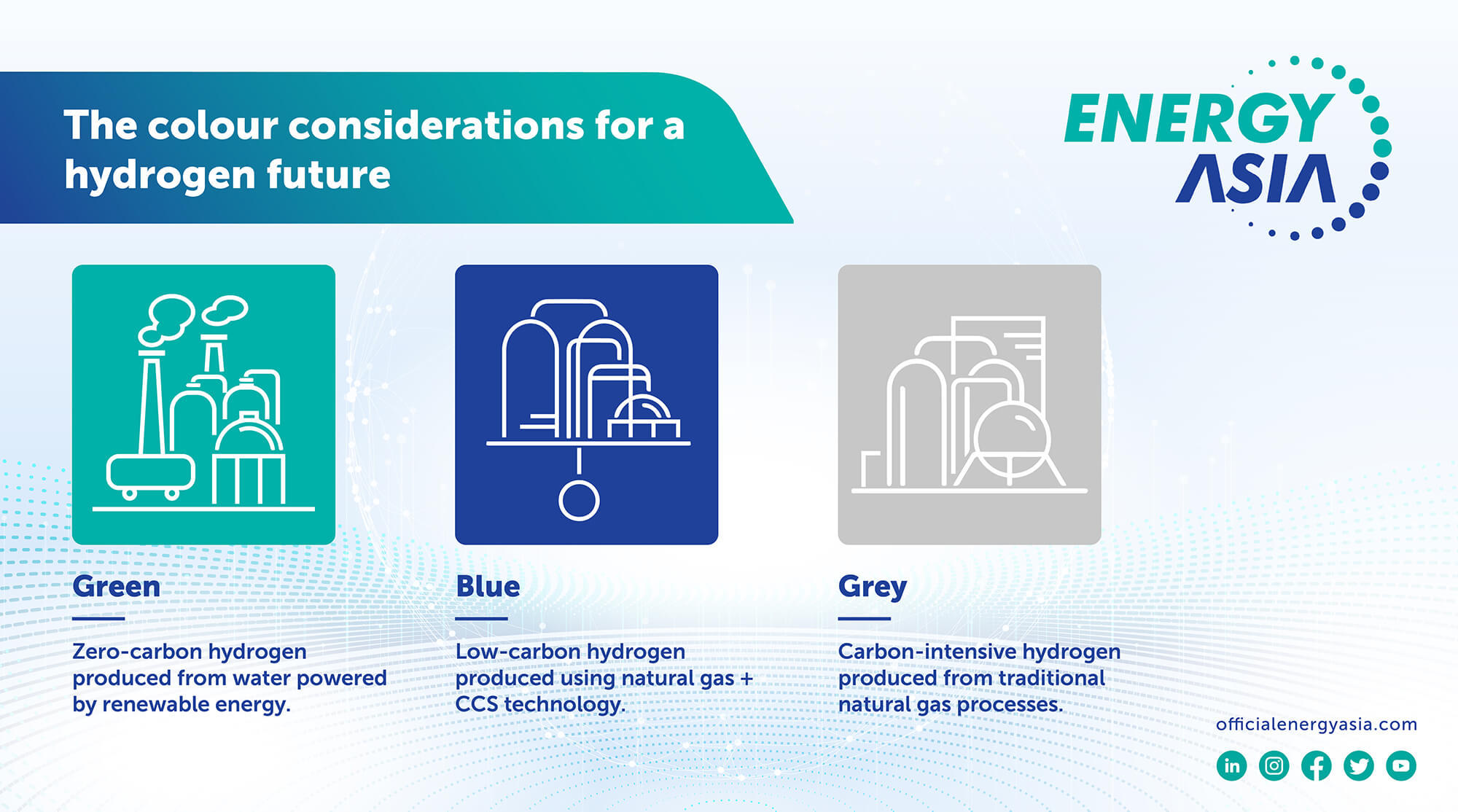
Driving forward industry development to leverage blue and green hydrogen in greater quantities will be essential to unlocking long-term growth, ensuring that a greater share of hydrogen is created from green, renewable energy sources.
Combining natural gas hydrogen generation with carbon capture, utilisation, and storage offers a bridging solution to develop low-carbon hydrogen infrastructure that can meet growing global demand. Industry collaboration will be vital in realising this opportunity.
Overcoming challenges for a hydrogen future
There are still challenges that need to be addressed to fully realise the potential of hydrogen energy. These include the high production costs, infrastructure availability and development, and the need for policies to support its deployment.
“Asia is a vast region, with very diverse markets. There are some areas that are highly developed, some areas that are still emerging. So I think that plays heavily into it. What we’ve seen is that there really is a commitment to decarbonization in Asia, and that is what is driving some of the hydrogen policy targets we’ve seen for end-use sectors in particular markets going forward,” said Shankari.
While the potential for hydrogen is huge, collaboration will be critical to build a cost-effective ecosystem. Energy stakeholders will be key in transitioning the infrastructure required to generate hydrogen at scale, and at a cost that isn’t prohibitive to many emerging nations across the region.
“Overall, if we look at Asia as a whole, demand for hydrogen is already confirmed as very sizeable, and is going to be very important for global supply. At the same time, it’s going to take time for us to get there. In the meantime after the policy support, the market response is going to be very important too. Driving up scales is going to be very important to drive down costs, and make the application of hydrogen as an energy carrier a wider use,” said Jenny Nguyen Yang, Senior Director, Asia Gas and LNG, S&P Global Commodity Insights
Analysis by S&P global indicates that high import costs for green hydrogen, even at a 30% blend by volume, would raise the levelized cost of energy (LCOE) by between 20% and 40% in Southeast Asia, drive up the power supply cost further, and raising affordability concerns. This shows the importance of a conducive landscape that combines different hydrogen sources in a favourable policy landscape, which will be crucial in incorporating hydrogen effectively into the region’s energy ecosystem.
Energy Asia offers a platform for thought leadership discussions on cutting-edge technology and solutions to help drive forward Asia’s energy transition. It offers a forum to engage and energise investment in carbon capture and storage, and hydrogen technologies that will be so synergistically linked in driving forward the region’s hydrogen industry growth.

